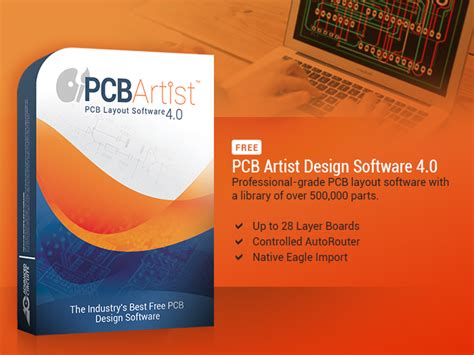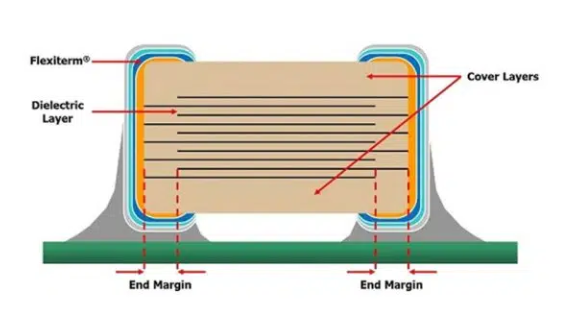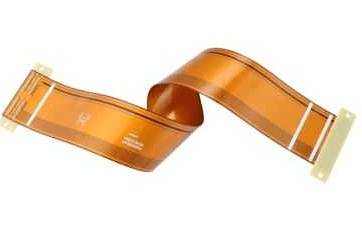Flexible pcb breadboard
Advantages Of Using Flexible PCB Breadboards In Prototyping
Flexible PCB breadboards have emerged as a revolutionary tool in the realm of electronic prototyping, offering a multitude of advantages that cater to the evolving needs of engineers and designers.
One of the most significant benefits of using flexible PCB breadboards is their adaptability.
Unlike traditional rigid boards, flexible PCBs can be bent, folded, and twisted to fit into unconventional spaces, making them ideal for modern electronic devices that demand compact and intricate designs. This adaptability not only enhances the design possibilities but also allows for more efficient use of space, which is crucial in the development of portable and wearable technology.
Moreover, the lightweight nature of flexible PCB breadboards is another compelling advantage.
As electronic devices become increasingly portable, the demand for lightweight components has surged. Flexible PCBs, being significantly lighter than their rigid counterparts, contribute to the overall reduction in weight of the final product. This is particularly beneficial in applications such as aerospace and medical devices, where every gram counts. Additionally, the reduced weight does not compromise the durability or functionality of the board, ensuring that the performance remains robust and reliable.
In addition to their physical advantages, flexible PCB breadboards also offer enhanced electrical performance.
The ability to design circuits with fewer interconnections reduces the risk of signal loss and interference, which is a common issue in traditional prototyping methods. This results in improved signal integrity and overall performance of the electronic device. Furthermore, the use of flexible PCBs can lead to a reduction in the number of components required, as they can integrate multiple functions into a single board. This not only simplifies the design process but also reduces the potential for errors, leading to a more streamlined and efficient prototyping phase.
The cost-effectiveness of flexible PCB breadboards is another noteworthy advantage.
While the initial cost of flexible PCBs may be higher than that of traditional boards, the long-term savings are substantial. The reduction in the number of components, coupled with the decreased need for additional connectors and wiring, leads to lower assembly costs. Additionally, the enhanced reliability and reduced risk of errors translate to fewer iterations and modifications, further driving down the overall cost of development. This makes flexible PCB breadboards an economically viable option for both small-scale projects and large-scale production.
Furthermore, the environmental benefits of using flexible PCB breadboards cannot be overlooked.
The reduction in material usage and waste, combined with the potential for recycling, aligns with the growing emphasis on sustainable practices in the electronics industry. By minimizing the environmental impact, flexible PCBs contribute to a more sustainable future, which is an increasingly important consideration for companies and consumers alike.
In conclusion, the advantages of using flexible PCB breadboards in prototyping are manifold. Their adaptability, lightweight nature, enhanced electrical performance, cost-effectiveness, and environmental benefits make them an invaluable tool in the development of modern electronic devices. As technology continues to advance, the demand for innovative and efficient prototyping solutions will only grow, and flexible PCB breadboards are well-positioned to meet these challenges. By embracing this technology, engineers and designers can unlock new possibilities and drive the next wave of innovation in the electronics industry.
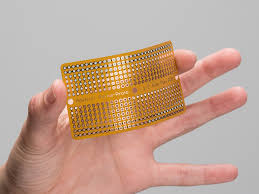
How To Design A Flexible PCB Breadboard For Your Project
Designing a flexible PCB breadboard for your project can be an innovative way to enhance the versatility and functionality of your electronic designs. As technology advances, the demand for more adaptable and space-efficient solutions has led to the increased popularity of flexible PCBs.
These flexible circuits offer numerous advantages over traditional rigid PCBs, including the ability to fit into unconventional spaces and endure mechanical stress. To embark on designing a flexible PCB breadboard, it is essential to understand the fundamental steps and considerations involved in the process.
Initially, it is crucial to define the specific requirements of your project.
This involves determining the size, shape, and functionality of the flexible PCB breadboard. Consider the components you plan to use and how they will be arranged on the board. This step is vital as it influences the overall design and layout of the circuit. Once you have a clear understanding of your project’s needs, you can proceed to the design phase.
The design process begins with selecting the appropriate software tools.
There are several PCB design software options available, each offering unique features and capabilities. Choose a tool that supports flexible PCB design and provides a user-friendly interface. As you start designing, pay attention to the layout of the circuit. Flexible PCBs require careful consideration of trace routing and component placement to ensure optimal performance and reliability. It is advisable to use curved traces instead of sharp angles, as this reduces stress on the circuit and enhances flexibility.
Moreover, selecting the right materials is a critical aspect of designing a flexible PCB breadboard.
The substrate material, typically polyimide or polyester, should be chosen based on the specific requirements of your project, such as temperature resistance and flexibility. Additionally, consider the thickness of the copper layers, as this affects the board’s flexibility and electrical performance. Thinner copper layers are generally preferred for flexible PCBs, as they allow for greater bending and folding without compromising functionality.
As you progress with the design, it is essential to incorporate design rules specific to flexible PCBs.
These rules include maintaining appropriate spacing between traces and components, ensuring adequate pad sizes for soldering, and considering the bend radius of the board. Adhering to these guidelines helps prevent issues such as signal interference and mechanical failure.
Once the design is complete, the next step is to prototype the flexible PCB breadboard.
Prototyping allows you to test the design and make any necessary adjustments before mass production. It is advisable to work with a manufacturer experienced in producing flexible PCBs, as they can provide valuable insights and ensure the quality of the final product. During the prototyping phase, conduct thorough testing to verify the board’s performance and durability under various conditions.
In conclusion, designing a flexible PCB breadboard requires careful planning and attention to detail. By understanding the specific requirements of your project, selecting the right materials, and adhering to design rules, you can create a flexible PCB that meets your needs. The ability to prototype and test the design further ensures that the final product is both functional and reliable. As technology continues to evolve, flexible PCBs offer exciting possibilities for innovative electronic designs, making them an invaluable tool for engineers and designers alike.
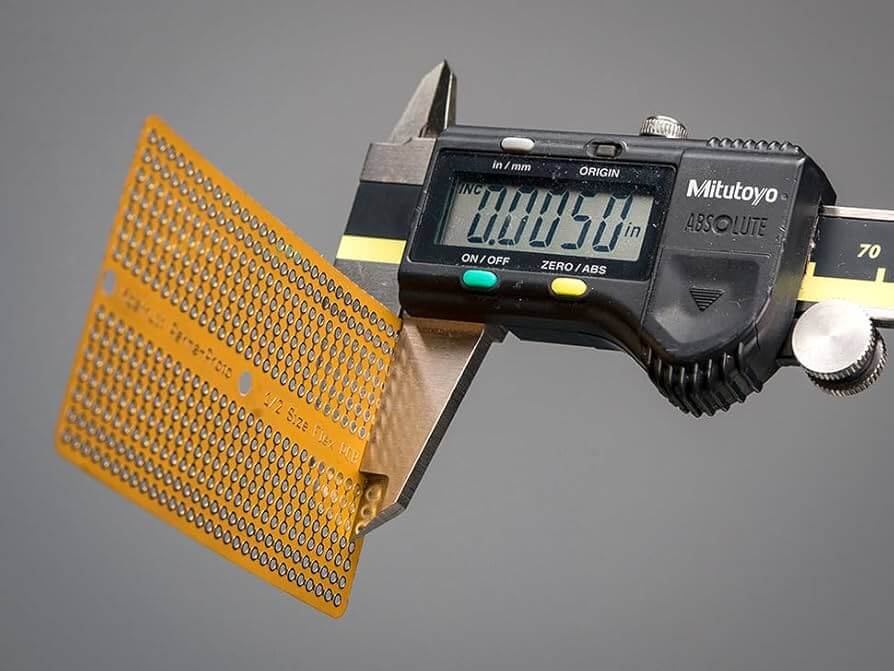
Comparing Flexible PCB Breadboards To Traditional Breadboards
In the realm of electronics prototyping, the choice of tools can significantly impact the efficiency and effectiveness of the development process. Among these tools, breadboards have long been a staple for engineers and hobbyists alike, providing a convenient platform for assembling and testing circuits without the need for soldering.
Traditionally, breadboards are rigid, plastic boards with a grid of holes into which components and wires can be inserted.
However, the advent of flexible PCB (Printed Circuit Board) breadboards has introduced a new dimension to prototyping, offering distinct advantages and some limitations compared to their traditional counterparts.
To begin with, flexible PCB breadboards are constructed from materials that allow them to bend and flex, unlike the rigid plastic of traditional breadboards.
This flexibility can be particularly advantageous in applications where space constraints or unconventional form factors are a concern. For instance, in wearable technology or compact devices, the ability to curve and fit the breadboard into tight spaces can be invaluable. Moreover, flexible PCBs can be designed to conform to specific shapes, providing a level of customization that traditional breadboards cannot match.
In addition to their adaptability, flexible PCB breadboards often offer enhanced durability.
The materials used in their construction are typically more resistant to wear and tear, which can be a significant advantage in environments where the breadboard is subject to frequent handling or movement. This durability extends the lifespan of the breadboard, potentially reducing costs over time as replacements become less necessary. Furthermore, the conductive traces on flexible PCBs are usually more reliable than the spring-loaded contacts in traditional breadboards, which can become loose or corroded over time, leading to intermittent connections.
Despite these advantages, flexible PCB breadboards are not without their drawbacks.
One notable limitation is the initial cost, which tends to be higher than that of traditional breadboards. This can be a barrier for hobbyists or small-scale projects with limited budgets. Additionally, while flexible PCBs offer customization, they require a more complex design process, often necessitating specialized software and expertise. This complexity can be daunting for beginners or those unfamiliar with PCB design, potentially limiting their accessibility.
Moreover, traditional breadboards offer unparalleled ease of use, particularly for rapid prototyping and experimentation.
Their plug-and-play nature allows for quick assembly and modification of circuits, making them ideal for iterative design processes. In contrast, flexible PCB breadboards, once fabricated, are less amenable to changes, as altering the circuit layout typically requires a new board to be produced. This can slow down the prototyping process and increase costs if frequent modifications are needed.
In conclusion, the choice between flexible PCB breadboards and traditional breadboards hinges on the specific requirements of the project at hand. Flexible PCBs offer significant advantages in terms of adaptability and durability, making them well-suited for applications with unique form factors or harsh environments. However, their higher cost and complexity may deter some users, particularly those who prioritize ease of use and rapid prototyping. Ultimately, understanding the strengths and limitations of each type of breadboard can guide engineers and hobbyists in selecting the most appropriate tool for their needs, ensuring a more efficient and effective development process.

Innovative Applications Of Flexible PCB Breadboards In Modern Electronics
Flexible PCB breadboards have emerged as a transformative innovation in the realm of modern electronics, offering a versatile platform for prototyping and development. These flexible circuits, which can bend and twist without breaking, provide a unique advantage over traditional rigid PCBs, opening up a myriad of possibilities for electronic design and application. As the demand for more compact, lightweight, and adaptable electronic devices continues to grow, flexible PCB breadboards are increasingly being recognized for their potential to revolutionize the way electronic components are integrated and utilized.
One of the most significant applications of flexible PCB breadboards is in the development of wearable technology.
The inherent flexibility of these circuits allows them to conform to the contours of the human body, making them ideal for use in smartwatches, fitness trackers, and medical monitoring devices. By enabling seamless integration into fabrics and other materials, flexible PCBs facilitate the creation of devices that are not only functional but also comfortable and unobtrusive for the user. This adaptability is crucial in the design of next-generation wearables that require both durability and a high degree of customization.
In addition to wearables, flexible PCB breadboards are finding innovative applications in the automotive industry.
As vehicles become increasingly sophisticated, the need for compact and efficient electronic systems has become paramount. Flexible PCBs offer a solution by allowing for the integration of complex circuitry in tight spaces, such as dashboards and control panels. Their ability to withstand vibrations and temperature fluctuations further enhances their suitability for automotive applications, where reliability and performance are critical. Moreover, the use of flexible PCBs can lead to weight reduction, contributing to improved fuel efficiency and overall vehicle performance.
The consumer electronics sector also benefits from the versatility of flexible PCB breadboards.
As devices such as smartphones, tablets, and laptops continue to evolve, manufacturers are constantly seeking ways to enhance functionality while minimizing size and weight. Flexible PCBs enable the design of thinner and lighter devices without compromising on performance. Their ability to support high-density interconnections and complex circuit designs makes them an attractive option for engineers looking to push the boundaries of what is possible in consumer electronics.
Furthermore, the medical field is witnessing a surge in the adoption of flexible PCB breadboards for various applications.
From diagnostic equipment to implantable devices, the flexibility and biocompatibility of these circuits make them ideal for medical use. They allow for the development of minimally invasive devices that can be used for monitoring and treatment, providing patients with more comfortable and effective healthcare solutions. The potential for real-time data collection and analysis is particularly valuable in this context, enabling more accurate diagnoses and personalized treatment plans.
In conclusion, the innovative applications of flexible PCB breadboards in modern electronics are vast and varied, spanning industries from wearables and automotive to consumer electronics and healthcare. Their unique properties, including flexibility, durability, and the ability to support complex circuitry, make them an indispensable tool for engineers and designers seeking to create the next generation of electronic devices. As technology continues to advance, the role of flexible PCBs is likely to expand further, driving innovation and shaping the future of electronics in ways that were once unimaginable.

